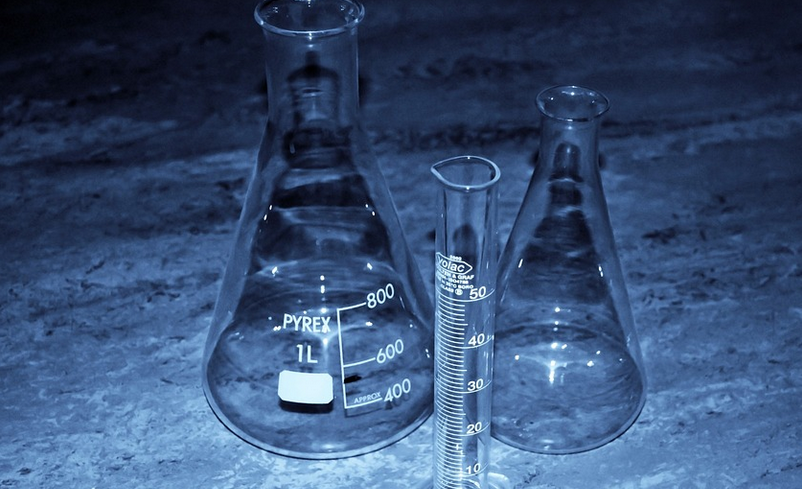Introduction
Silver is a precious metal that has been valued for centuries. It is used in jewelry, electronics, and various industrial applications. If you are a jewelry maker or a metalworker, you may need to melt silver for your projects. However, melting silver can be challenging, especially if you don’t have access to borax, a common flux used in the process. In this article, we will explore how to melt silver without borax, using alternative methods that are safe and effective.
What is Borax, and Why is it Used in Silver Melting?
Borax is a mineral that is often used as a flux in metalworking. It helps to remove impurities and oxides from the metal, allowing it to flow more easily and preventing it from oxidizing during the melting process. Borax is commonly used in silver melting because it has a low melting point and can help the metal to flow smoothly.
Alternative Methods for Melting Silver Without Borax
If you don’t have access to borax, there are several alternative methods you can use to melt silver.
Method 1: Using Sodium Carbonate
Sodium carbonate, or soda ash, is a common household chemical that can be used as a flux in silver melting. To use this method, mix equal parts of sodium carbonate and table salt and sprinkle the mixture over the silver. Heat the metal with a torch until it melts, and the flux will help to remove any impurities from the metal.
Method 2: Using Charcoal
Charcoal is another alternative flux that can be used in silver melting. The carbon in the charcoal absorbs impurities from the metal, allowing it to flow more easily. To use this method, place a small amount of charcoal in the bottom of your crucible, add the silver on top, and heat with a torch until the metal melts.
Method 3: Using Baking Soda
Baking soda is a common household chemical that can be used as a flux in silver melting. To use this method, mix equal parts of baking soda and table salt and sprinkle the mixture over the silver. Heat the metal with a torch until it melts, and the flux will help to remove any impurities from the metal.
Safety Precautions
When melting silver, it is essential to take safety precautions to protect yourself and those around you. Always wear protective gloves and glasses, work in a well-ventilated area, and keep a fire extinguisher nearby. Never heat silver in a closed container, as this can cause a dangerous buildup of pressure.
Conclusion
Melting silver without borax may seem challenging, but with the right methods and safety precautions, it is entirely possible. Whether you choose to use sodium carbonate, charcoal, or baking soda as your flux, be sure to follow the instructions carefully and take all necessary safety precautions. With a little practice, you’ll be able to melt silver like a pro, without the need for borax or other expensive fluxes.

